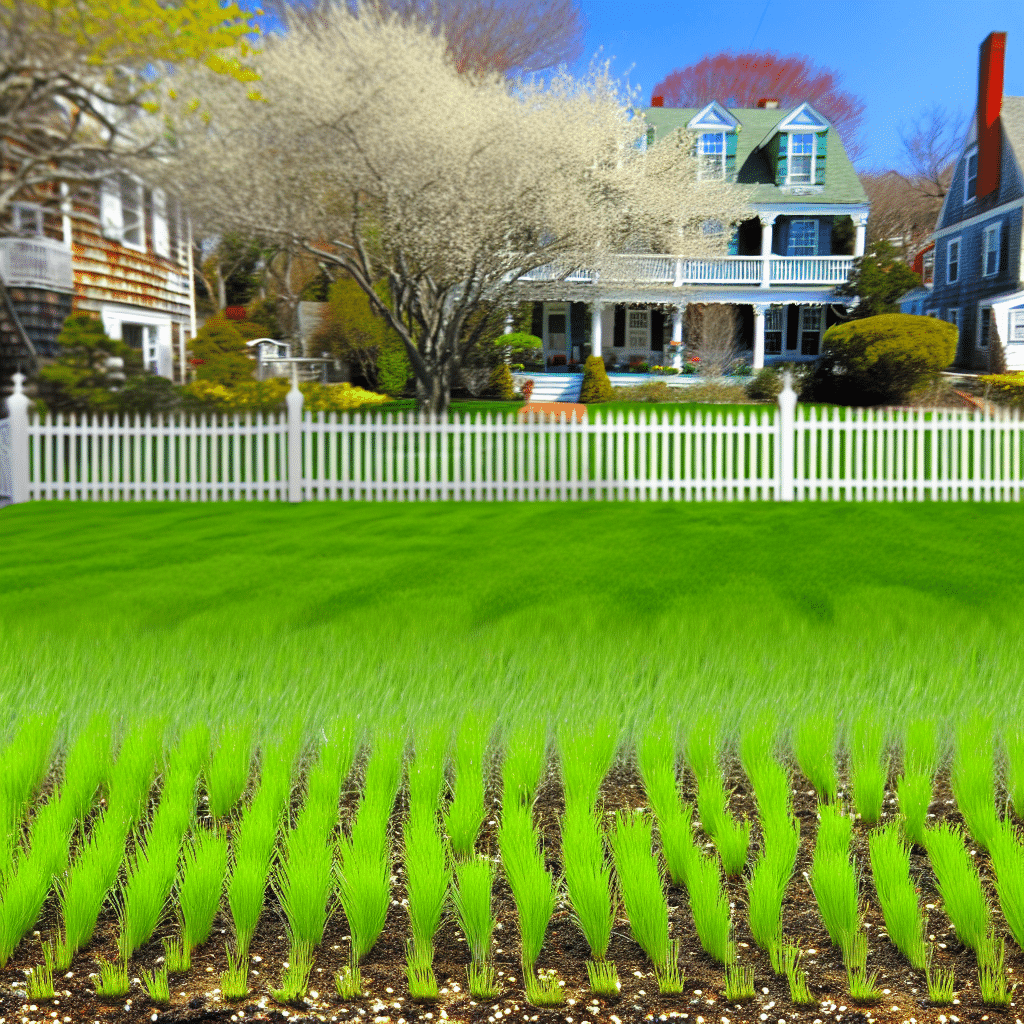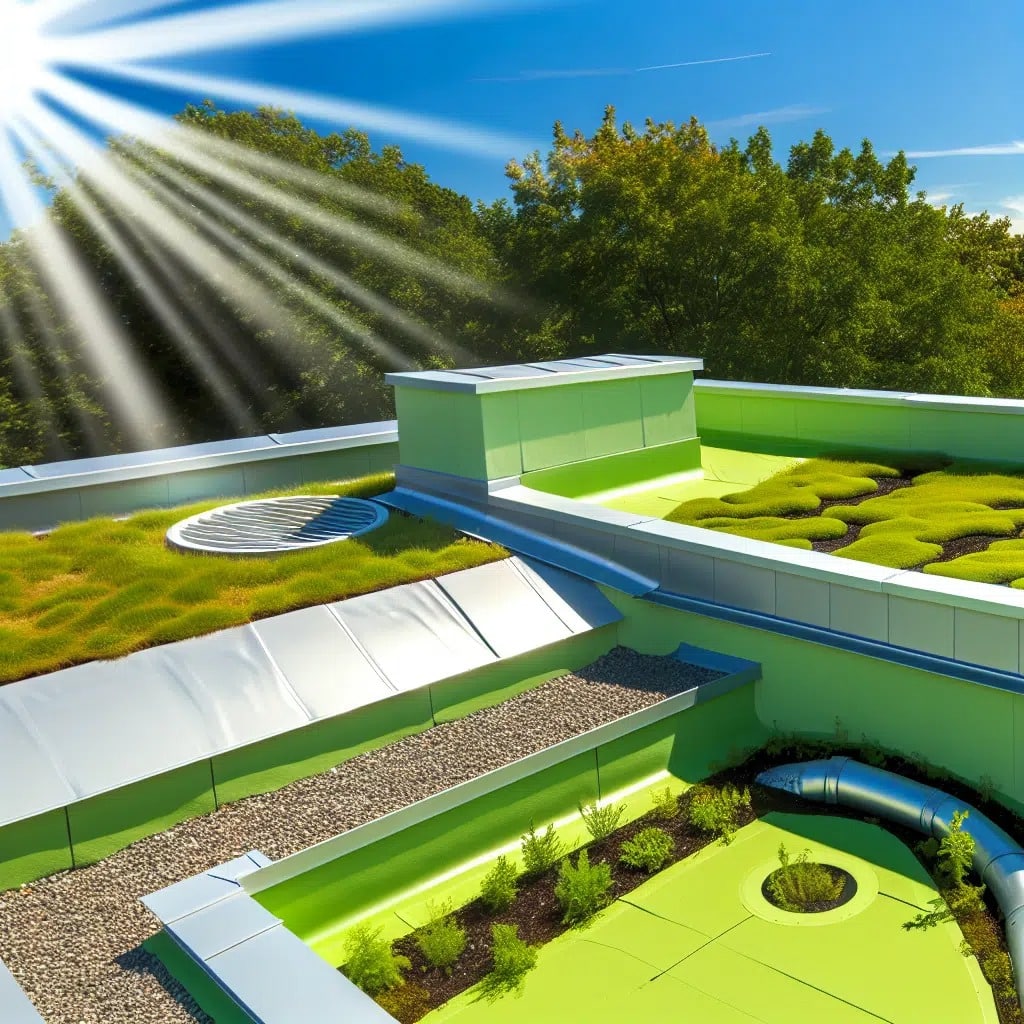Timing is Everything for Your Spring Lawn
As the days in Cranston grow longer and the chill of winter begins to fade, it’s time to turn our attention to the quintessential task of spring: lawn care. There’s a brief golden window that opens with the arrival of spring, offering the perfect conditions for planting grass seed. Missing this opportunity could mean the difference between a lush, vibrant lawn and a sparse, patchy one. With the right timing and approach, your yard can transform into a verdant oasis that’s not only a joy to behold but also a boost to your property value. Let’s delve into the essential know-how to make the most of this key gardening period.
One pressing question for homeowners is, when is the best time to plant grass seed in the spring? The answer isn’t just about picking a date but understanding the science of seed germination. Grass seed sprouts most effectively when soil temperatures range between 50 to 65 degrees, a condition typically met from mid-May to late June in our region. Selecting the correct moment for sowing is crucial, as it sets the foundation for a healthy growth cycle leading into summer. By harnessing this knowledge, you can optimize your seed planting for success.
But why does this timing matter so much? Well, grass seeds need adequate warmth in the soil to germinate and thrive. Too early, and the cold soil can prevent germination; too late, and the heat of summer can stress young seedlings, hindering their development. This article is your guide through the intricacies of seasonal lawn preparation, ensuring your efforts yield the best possible outcome. With a nod to expert advice and local insights, we’ll help you navigate the challenges of grass seeding, so your Cranston lawn can flourish.
Choosing the Right Grass for Rhode Island’s Spring
Delving into the world of grass seeds, you’ll find an array of types suitable for Cranston’s unique climate. Whether you’re refreshing an existing lawn or starting from scratch, selecting the correct seed mixture is imperative. You want a type that can handle the cool springs and transition smoothly into Rhode Island’s warm summers without much fuss. Local experts recommend Fescue, Kentucky Bluegrass, or Perennial Ryegrass blends as they are resilient, can tolerate a variety of soil conditions, and generally thrive in our area. Ensuring that the grass type complements your lawn’s conditions is the first step to achieving a picture-perfect yard.
Next is preparing the soil, an often overlooked but vital component of successful seed sowing. Begin with a clean slate by removing weeds and debris, providing a welcoming bed for your seed. Aerate your soil to alleviate compaction, and apply a starter fertilizer that will deliver essential nutrients for early root development. Be mindful to prevent crowding when spreading the seed – give each one its space to grow. Good soil preparation sets your grass seeds for a full, even, and healthy emergence, marking the difference between a so-so lawn and one that’s professionally done.
The all-important question of watering cannot be overstated. After seeding, your lawn requires consistent moisture, hence establishing a watering routine is non-negotiable. Aim for gentle watering sessions that keep the soil moist but not completely soaked. Overwatering can lead to a host of problems, including mold growth and seed displacement. Your goal is to foster an environment that encourages your grass to put down deep roots, which fortifies your lawn against drought, disease, and weeds – ensuring your grass grows lush and resilient.
Maintaining Your Lawn for Season-Long Beauty
After your seeds have been sown, it’s crucial to shift focus to regular lawn maintenance to foster lasting growth. Start a mowing regime when your new grass is tall enough, typically around 3 inches, to promote denser growth and root development. Be sure to keep your blades sharp for a clean cut, which helps prevent disease from infiltrating your newly planted lawn. Fertilization should follow a specific schedule geared towards the type of grass you’ve chosen, providing it with the right amount of nutrients at the right times. And never underestimate the power of aeration; this process allows your lawn to breathe, which is vital for healthy grass.
When considering grass types to avoid, steer clear of those ill-suited for the warmer temperatures soon to follow. Grass varieties that are tailored for cooler climates may struggle in the intense summer heat, becoming susceptible to brown patches and disease. Grasses with heat tolerance, like Bermuda or Zoysia, might be preferable for full-sun areas of your Cranston lawn that are exposed to the harsh summer sun. Before laying down your seeds, consider the specific needs of your property and how sunlight patterns will affect your choice. Expert consultation can be invaluable here; don’t hesitate to reach out for professional advice to ensure your lawn thrives throughout the year.
As we draw our guide to planting grass seed in the spring to a close, we reflect on the importance of each step in cultivating a lush Cranston lawn. Proper seeding is the foundation, but it’s the continual care that weathers the elements and stands the test of time. We’ve discussed the best practices, from the optimal planting period to the aftercare required for vigorous growth. With a little know-how and elbow grease, your lawn can become a testament to your gardening expertise. And remember, whether you need a little guidance or a full-service approach, the team at Rinaldi Roofing is always here to assist with your landscaping needs.
Insights From The Experts
Tip 1:
Choose the right grass seed blend for your region. In Cranston, RI, look for mixtures ideal for the New England climate, which can withstand cool spring temperatures and transition well into the warmer summer months.
Tip 2:
Soil preparation is key to successful germination. Before planting your seeds, make sure to remove weeds, loosen the top 2-3 inches of soil and add compost or soil amendments to enhance fertility.
Tip 3:
Seeding at the right time is crucial. Aim to plant when soil temperatures in Cranston are consistently at 50-65°F, which often means waiting until the risk of frost has passed in the late spring.
Tip 4:
Watering smartly promotes growth. Once seeds are sown, maintain a consistent watering schedule to keep the soil lightly moist but not waterlogged, ensuring young grass gets enough hydration without drowning.
Tip 5:
Regular maintenance after planting will build a robust lawn. After initial growth, start a routine of proper mowing, fertilization, and aeration to encourage strong roots and dense turf that can resist pests and diseases.
Your Lawn Care Questions Answered
What type of grass seed is best for early spring planting in Cranston, RI?
Cool-season grasses like Fescue, Kentucky Bluegrass, and Perennial Ryegrass are ideal choices for Cranston’s climate, offering durability and a lush appearance.
How often should I water new grass seeds during Rhode Island springs?
New grass seeds require consistent moisture, so aim to water them lightly twice a day until germination and steadily reduce frequency as they establish.
Can I plant grass seed on existing lawns in June, or is it too late?
It’s not too late; June can still be an opportune time for overseeding, particularly if your lawn is facing issues like thinning or uneven growth.
What should I do to prepare my soil for seeding in spring for the best results?
Remove debris, aerate the soil, apply a starter fertilizer, and ensure it’s moist but not soggy to create an ideal environment for new seeds.
Are there any grass types that I should avoid in the summer climate of Cranston?
In Cranston’s summer heat, avoid cool-season grasses that are less tolerant of high temperatures and opt for heat-resistant options if your lawn gets full sun.



